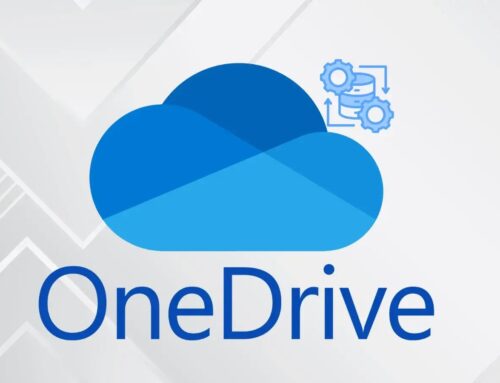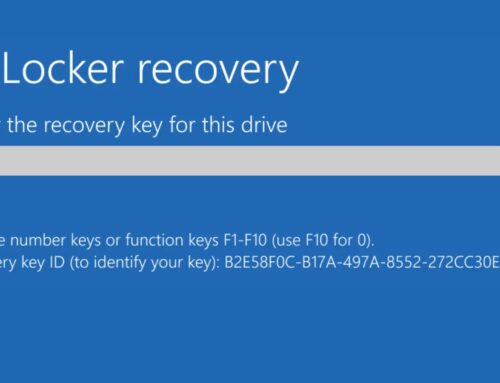
DragonForce Ransomware Attack Analysis – Targets, TTPs and IoCs
DragonForce Ransomware: Unmasking a Rapidly Evolving Threat
The cybersecurity landscape faces a persistent and often overwhelming challenge from ransomware operations. Among the newer, more sophisticated entrants, DragonForce ransomware has rapidly emerged as a significant threat since late 2023. Operating under a formidable Ransomware-as-a-Service (RaaS) model, this group demonstrates concerning adaptability, leveraging leaked ransomware builders from notorious families like LockBit 3.0 and Conti to forge highly customized and potent attack variants. Understanding DragonForce’s modus operandi, targets, and indicators of compromise is paramount for organizations aiming to bolster their defenses against this evolving menace.
Understanding DragonForce’s Ransomware-as-a-Service (RaaS) Model
DragonForce’s adoption of a RaaS model distinguishes it as a highly scalable and resilient threat. This operational structure allows the core development team to focus on creating and refining the ransomware, while affiliates handle the distribution, network penetration, and negotiation phases. This division of labor not only accelerates the pace of attacks but also makes attribution and disruption more challenging for law enforcement and cybersecurity professionals. The agility to incorporate elements from established ransomware families like LockBit 3.0 and Conti further enhances DragonForce’s destructive capabilities, enabling them to bypass existing security measures designed to detect older, specific strains.
Tactics, Techniques, and Procedures (TTPs) Employed by DragonForce
While specific, highly detailed TTPs for DragonForce continue to be a subject of ongoing analysis, their leveraging of LockBit 3.0 and Conti builders suggests a playbook that includes common, yet effective, ransomware attack patterns. Organizations should anticipate TTPs that often involve:
- Initial Access: Phishing campaigns, exploitation of unpatched vulnerabilities (though specific CVEs linked directly to DragonForce’s initial access haven’t been widely publicized, organizations should maintain rigorous patching cycles for common entry points like CVE-2021-44228 (Log4Shell) or CVE-2023-22515 (Atlassian Confluence vulnerability), or brute-forcing Remote Desktop Protocol (RDP) credentials.
- Persistence: Establishing footholds within compromised networks through various methods, including creating new user accounts, modifying system services, or employing scheduled tasks.
- Discovery & Lateral Movement: Mapping the network, identifying critical systems, and moving laterally using stolen credentials, legitimate administrative tools, or exploiting internal vulnerabilities.
- Defense Evasion: Disabling security software, deleting shadow copies, and obfuscating malicious code to avoid detection.
- Data Exfiltration: Prior to encryption, stealing sensitive data for double extortion, a common tactic seen across many modern ransomware operations.
- Impact and Encryption: Encrypting critical files and systems across the network, often with custom extensions and ransom notes.
Indicators of Compromise (IoCs) Linked to DragonForce
Due to the RaaS model and the use of adaptable builders, precise, static IoCs for DragonForce can be elusive and evolve rapidly. However, based on observations of similar operations and the technical characteristics inherited from LockBit 3.0 and Conti, organizations should monitor for:
- File Extensions: Custom or unusual file extensions appended to encrypted files (e.g.,
.dragonforce,.lockbit3, or others that change with each variant). - Ransom Notes: Text files dropped in encrypted directories, often named
README.txt,RESTORE_ME.txt, or similar, containing instructions for payment and communication. - Network Traffic: Unusual outbound connections to known Command and Control (C2) infrastructure, or traffic patterns indicative of data exfiltration (e.g., large data transfers to unfamiliar external IPs).
- System Logs: Evidence of unauthorized account creation, security tool disablement, failed login attempts (especially RDP), and the execution of suspicious PowerShell or command-line scripts.
- Specific Hashes: While dynamic, monitoring for known hashes associated with LockBit 3.0 or Conti artifacts could provide early warning. Threat intelligence feeds are crucial here.
Remediation and Prevention Actions Against DragonForce Ransomware
Effective defense against DragonForce, and ransomware in general, requires a multi-layered, proactive approach. Organizations must prioritize robust security hygiene and rapid incident response capabilities.
Prevention and Preparation:
- Implement Strong Access Controls: Enforce the principle of least privilege. Implement Multi-Factor Authentication (MFA) for all remote access, administrative accounts, and critical systems.
- Regular Backups: Maintain comprehensive, offline, and immutable backups of all critical data. Regularly test backup and restoration procedures to ensure data integrity and recoverability.
- Patch Management: Proactively and consistently patch all operating systems, applications, and network devices. Prioritize critical vulnerabilities (e.g., CVE-2023-34048 in VMware vCenter Server or other widely exploited CVEs like those in Exchange Server).
- Network Segmentation: Segment networks to limit lateral movement. Isolate critical systems and sensitive data stores.
- Endpoint Detection and Response (EDR): Deploy EDR solutions to monitor endpoint activity in real-time, detect suspicious behaviors, and respond to threats automatically.
- Security Awareness Training: Educate employees about phishing, social engineering, and safe browsing practices. They are often the first line of defense.
- Disable Unnecessary Services: Turn off unused ports and services to reduce the attack surface, especially RDP if not strictly necessary, or secure it with strong passwords and MFA.
Detection and Response:
- Monitor Logs: Continuously monitor security logs (firewall, SIEM, endpoint) for anomalous activity, including unusual login attempts, privilege escalation, or disabled security services.
- Incident Response Plan: Develop and regularly test a comprehensive incident response plan specifically for ransomware attacks. This includes clear roles, responsibilities, and communication protocols.
- Threat Intelligence: Subscribe to and utilize up-to-date threat intelligence feeds to stay informed about new TTPs and IoCs associated with DragonForce and other ransomware groups.
Conclusion
DragonForce ransomware represents a potent and adaptable threat, leveraging the agility of the RaaS model and the proven efficacy of leaked ransomware builders. Its emergence underscores the critical need for organizations to adopt a proactive, defense-in-depth security strategy. By understanding their targets, TTPs, and potential IoCs, and by rigorously implementing established cybersecurity best practices—including robust backups, patch management, strong access controls, and ongoing employee training—organizations can significantly reduce their risk exposure and enhance their resilience against this evolving ransomware operation.





